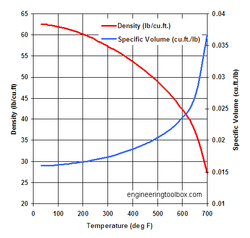I must question this, although what may be meant is that leakage may not occur until thawing begins, as the ice will seal the pipe.
Upon freezing, water expands by about 9% in volume (https://en.wikipedia.org/wiki/Properties_of_water#Density_of_water_and_ice). If the volume is constrained by an unyielding container, pressure goes up enormously. Copper usually cannot contain this pressure and can rupture. However, if the point of freezing is in an area with elbows or tees, the pressure of ice formation can simply pop the fittings open. I had this happen to me when I lost heat in a cottage for a day or so in bitter weather. When I crawled under, I discovered half a dozen popped open joints, one with a long tongue of ice protruding from it, but no actual pipe ruptures. The repair was easier, as no sections of pipe had to be replaced.
I questioned it too, but let it slide. Maybe right, I don't know. Begreen will know.


